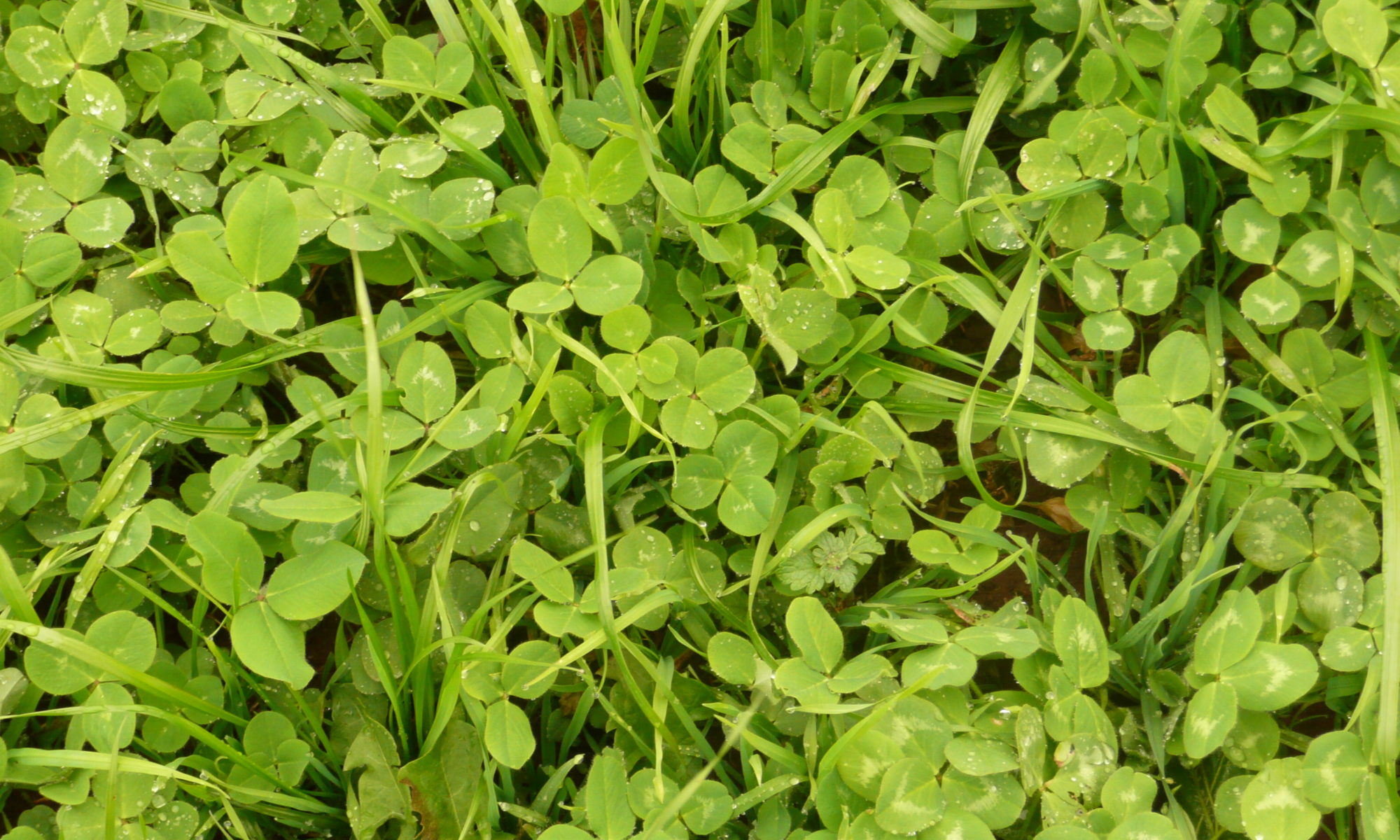

Dr. Katie Mason
Assistant Professor and Extension Beef Cattle Nutrition Specialist
Department of Animal Science
P: 865-974-8941
The beginning of spring is one of my favorite times of the year. As I drive through the state, I enjoy seeing pastures turning green and lush, flowers blooming, and new calves running about. I especially enjoy walking through some of those pastures, whether it’s with a producer who has questions about grazing management, a group of Extension agents who are learning from one another at an in-service training, or a group of students gaining hands-on experience in pasture assessment. In April, there was a week where I conducted pasture walks on three back-to-back days. My message was consistent: take a walk!
The only way to know what’s truly in the pasture is to get out and walk around. When you drive past and see a sea of green, it can be deceiving. You are not accurately perceiving the type or amount of forage available, nor the amount of ground cover by viewing across the pasture. So, I encourage you to get out in your pastures and take a walk, and evaluate the following items, adapted from NRCS Pasture Assessment:
- Species present
- While it’s great to know the difference in fescue, orchardgrass, white clover, and various broadleaf plants, it is simpler than that. How much of your pasture is made up of desirable species? Desirable species are those that are readily grazed, high-quality, and plentiful and can be a variety of grasses and legumes. A great pasture is made up of over 80% desirable species.
- Percent of legume
- Legumes can provide a nitrogen benefit when present at 30% of the pasture and do not cause loss of grass.
- Ground cover
- It is crucial to keep soil covered to maintain moisture and appropriate temperature, reduce runoff, and reduce weed pressure. A dense stand ensures high animal intake and plenty of sunlight interception so plants can regrow after grazing events. Even dead plant material can break down to cover the ground and become organic matter in the soil.
- Plant diversity
- Diversity is great for grazing systems! Having a mixture of warm- and cool-season grasses and legumes allows for longer grazing seasons and a variety of quality and quantity available throughout the year.
- Grazing utilization
- Is the pasture being evenly grazed, or are cattle spending more time near water or feeding areas than the back corner? Are forage plants being grazed too short, resulting in slow or poor regrowth? Rotating cattle through pastures and then allowing the pasture to rest encourages plant persistence and results in greater utilization.
There are several other indicators of pasture condition, but the points above are a great place to start. Evaluate these items during times of peak growth and slow growth, at the beginning of the season and after challenging weather conditions, and especially after you’ve made a change in your grazing management. Pastures change throughout the year, and it is important to be flexible and adapt your plans based on what you observe. So, get out and take that walk because your pastures can tell you a lot. And getting those extra steps in never hurts!